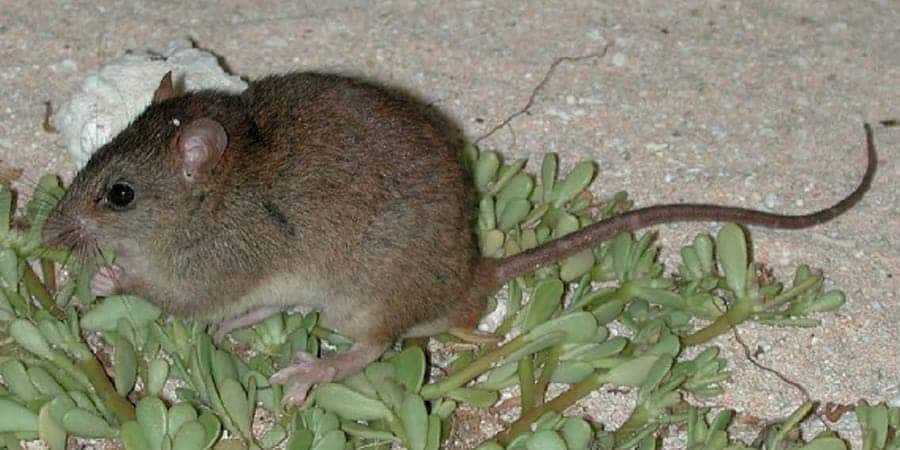It was a cute rodent, off the northern coast of Australia, on an island by the Great Barrier Reef. Now it’s gone, because of us.

Man-driven global warming is already claiming a massive toll, and entire species are starting to suffer. In a new study, scientists have found that the only known population of the Bramble Cay melomys has disappeared.
“A thorough survey effort involving 900 small animal trap-nights, 60 camera trap-nights and two hours of active daytime searches produced no records of the species, confirming that the only known population of this rodent is now extinct.
“Anecdotal information obtained from a professional fisherman who visited Bramble Cay annually for the past 10 years suggested that the last known sighting of the Bramble Cay melomys was made in late 2009.”
The culprit is clear: rising sea level. The rising ocean inundated the clay in which the melomys made its habitat. The only known population was located in a very vulnerable cay which sits at most 3 meters above sea level.
“Available information about sea-level rise and the increased frequency and intensity of weather events producing extreme high water levels and damaging storm surges in the Torres Strait region over this period point to human-induced climate change being the root cause of the loss of the Bramble Cay melomys,” he said.
While this may only be an isolated population, it’s these species which you’d expect to be affected first, and the first ones to fall.
“Significantly, this probably represents the first recorded mammalian extinction due to anthropogenic climate change.
“However, new information is provided in support of a previously presented hypothesis that the Fly River delta of Papua New Guinea is a possible source of the original melomys population on Bramble Cay, so the Bramble Cay melomys or a closely related species might occur there. “
The study was led by Ian Gynther from Queensland’s Department of Environment and Heritage Protection and in partnership with UQ researchers Natalie Waller and Luke Leung.






